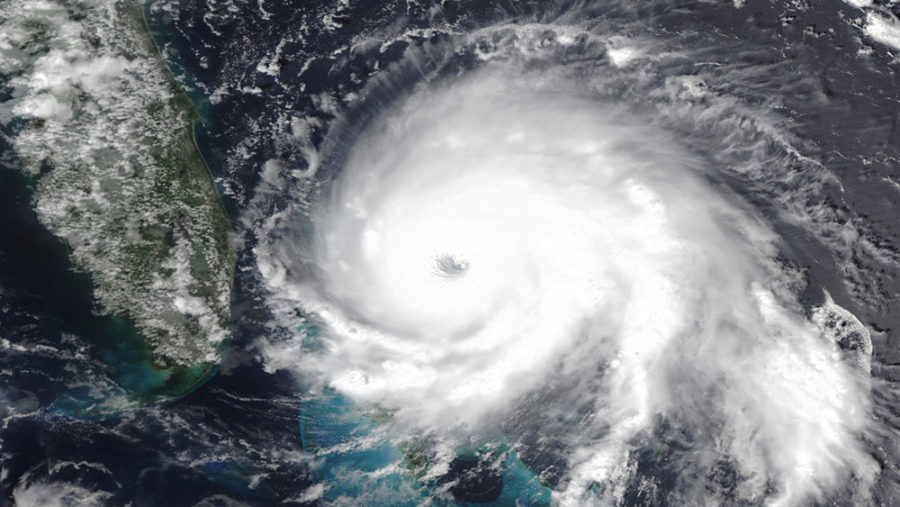Hurricane Dorian Hits Hard
Since mid-August, Hurricane Dorian has been threatening the homes and lives of many in the southeast USA and the Bahamas.
Since mid-August, Hurricane Dorian has been threatening the homes and lives of many in the southeast U.S.A. and the Bahamas. It is expected to cost billions of dollars in damage and a mass exodus of evacuees trying to escape the storm.
Dorian first became identified as a hurricane on Aug 28, after initially being traced from a tropical wave on Aug 24. In the coming days of the storm, several countries in and around the Caribbean, like the Bahamas and the island nation of Barbados, issued warnings to citizens to prepare accordingly and to seek proper shelter. The U.S. territory Puerto Rico prepared its national guard to support relief operations after the territory was put into a state of emergency on Aug 27.
In the mainland United States, Florida, Georgia, South Carolina, North Carolina, and Virginia declared a state of emergency for several counties from Aug 28 through Sept 2. People in those counties began to stack supplies such as gasoline, food, and water in long lines at stores, and were issued a mandatory evacuation notice. The U.S. National Guard had also been deployed to assist in relief.
On Sept 1, Dorian made landfall in the Bahamas at Elbow Cay. It had evolved into a Category 5 hurricane, with wind speeds of around 185 mph. The hurricane became the strongest hurricane to hit the Bahamas in modern history. Extensive damage occurred in and around the area, ripping roofs off houses, causing flash floods, swamping cars and people, and destroying power lines. Islands throughout the Caribbean also sustained similar damage and were heavily affected by the hurricane. In the United States, power outages were reported for several thousands of households, and heavy winds battered the Eastern Coast as Dorian continued on its path up the coast.. At least 50 people have died as a result of Hurricane Dorian in these areas, and the death toll is expected to rise.
Since Sept 1, Dorian has fluctuated in severity. It has decreased in severity to Category 2 on Sept 3, north of the Bahamas, due to the loss of the winds steering it, allowing it to stall and lose power. Eventually, Dorian was able to reorganize as it moved up the east coast past Florida, evolving into a Category 3 storm on Sept 5. Since then, Dorian has again decreased in severity to Category 2, then to Category 1, but not before causing more destruction in the Carolinas. Dorian then made landfall in Nova Scotia on Sept 7, but now as a strong post-tropical cyclone, no longer fitting the characteristics of a hurricane.
As Hurricane Dorian moved up the East Coast, it gradually lost power and dissipated in the Atlantic, but not before taking more lives. With the Bahamas and parts of the East Coast devastated, the future looks uncertain for the thousands of homeless as they assess the damage, and what – or who – they have lost.


